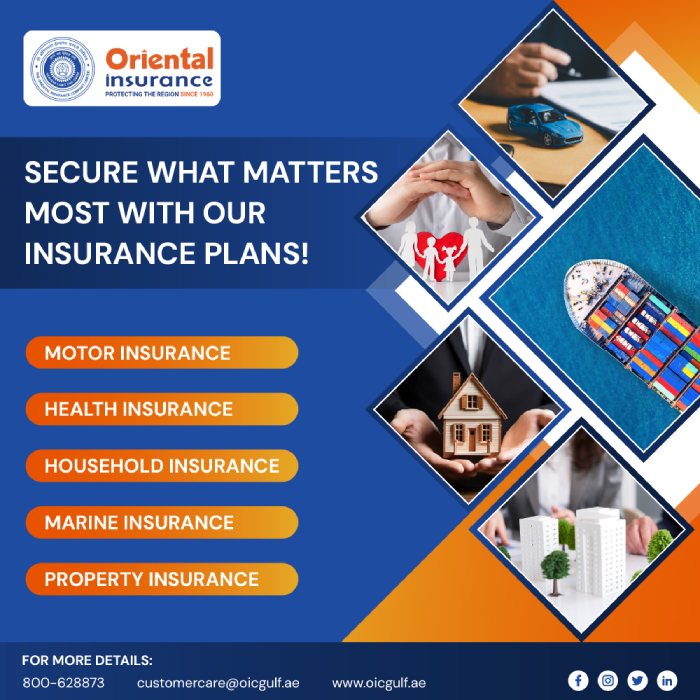
The standard Lorem Ipsum passage, used since the 1500s
"Lorem ipsum dolor sit amet, consectetur adipiscing elit, sed do eiusmod tempor incididunt ut labore et dolore magna aliqua. Ut enim ad minim veniam, quis nostrud exercitation ullamco laboris nisi ut aliquip ex ea commodo consequat. Duis aute irure dolor in reprehenderit in voluptate velit esse cillum dolore eu fugiat nulla pariatur. Excepteur sint occaecat cupidatat non proident, sunt in culpa qui officia deserunt mollit anim id est laborum."
Section 1.10.32 of "de Finibus Bonorum et Malorum", written by Cicero in 45 BC
"Sed ut perspiciatis unde omnis iste natus error sit voluptatem accusantium doloremque laudantium, totam rem aperiam, eaque ipsa quae ab illo inventore veritatis et quasi architecto beatae vitae dicta sunt explicabo. Nemo enim ipsam voluptatem quia voluptas sit aspernatur aut odit aut fugit, sed quia consequatur, vel illum qui dolorem eum fugiat quo voluptas nulla pariatur?"
1914 translation by H. Rackham
"But I must explain to you how all this mistaken idea of denouncing pleasure and praising pain was born and I will give you a complete account of the system, and expound the actual teachings of the great explorer of the truth, the master-builder of human happiness. No one rejects, dislikes, or one who avoids a pain that produces no resultant pleasure?"
Section 1.10.33 of "de Finibus Bonorum et Malorum", written by Cicero in 45 BC
"At vero eos et accusamus et iusto odio dignissimos ducimus qui blanditiis praesentium voluptatum deleniti atque corrupti quos dolores et quas molestias excepturi sint occaecati cupiditate non provident, similique sunt in culpa qui officia deserunt mollitia animi, id est laborum et dolorum fuga. Et harum quidem rerum facilis est et expedita distinctio. Nam libero
- Lorem ipsum dolor sit amet, consectetur adipiscing elit.
- Mauris accumsan justo at sem facilisis laoreet.
- Curabitur rhoncus dolor id diam consectetur rutrum.
Words can be like X-rays, if you use them properly—they’ll go through anything. You read and you’re pierced.
—Aldous Huxley, Brave New World
In today’s dynamic business environment, embracing employee wellness and engagement as a strategic imperative represents a paradigm shift in the corporate world.
The adoption of employee engagement and wellness is gaining momentum, rising to become one of the top priorities in the corporate world. For too long, it has been viewed as the responsibility of the HR department and not an integral part of business strategy. However, it is increasingly clear that unhealthy and unengaged employees are a drag on productivity, innovation, and consequently, a company’s bottom line.
According to the World Health Organization (WHO), health is central to human happiness and well-being. Healthy populations live longer, are more productive, save more resources, and make important contributions to sustainability, a better world, and economic progress.
Over the years, companies in the Middle East have learned to appreciate the value of having a sustainable employee engagement programme in place as they realise how happy employees can create happier workplaces which, in turn, can have positive effects on business growth.
For instance, over 95% of employees in the UAE believe they would be more productive if they were happier in their workplace, according to a research commissioned by Oman Insurance Company and Bupa Global which surveyed almost 1,000 individuals in 2017. Furthermore, the survey revealed over 72% of respondents feel work-life balance is key to managing employee well-being and overall happiness in the workplace.
Source: “Welcoming wellness to the workplace”, by Cynthia Ang – Author: Middle East Insurance Review




















